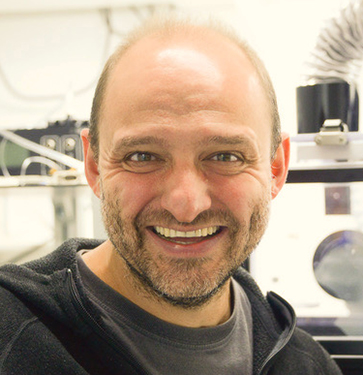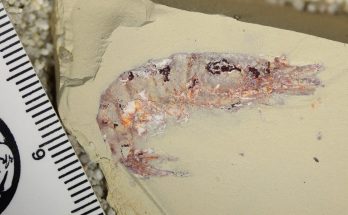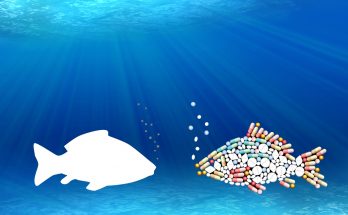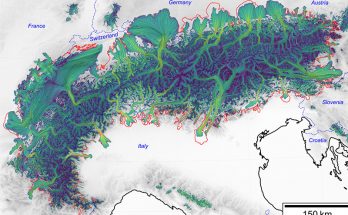Cette publication est également disponible en :
![]() Français
Français
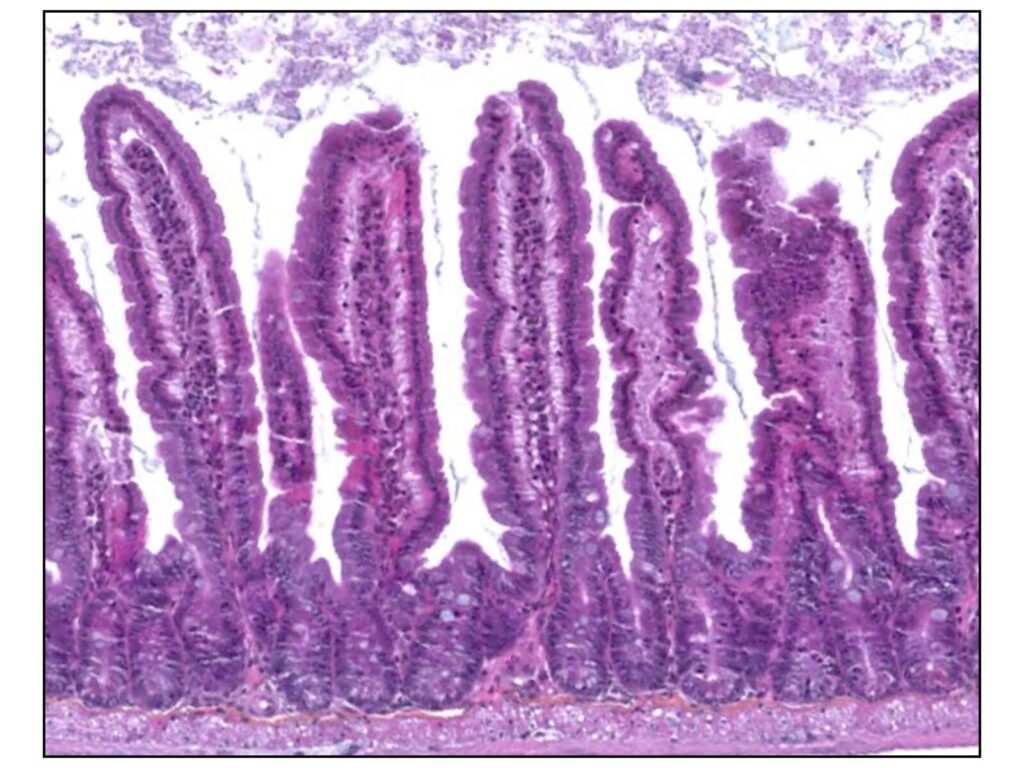
Naturally present in our digestive tract, E. coli bacteria have very specific ways of communicating and colonizing complex environments. Scientists at UNIL have reproduced the complex structure of an intestine on a microchip, and unraveled these mechanisms for the first time. The study, published in Nature communications, represents a step towards a better understanding of host-microbe interactions.
On average, a human intestine contains around 2 kilos of bacteria, or almost 10,000 billion individuals, belonging to 1,000 different species. Among them are the Escherichia coli bacteria, which are usually harmless and beneficial, but some minority strains are pathogenic. However, we don’t really understand the mechanisms that govern their behavior. How do they communicate with each other? How do they colonize complex environments such as the human digestive tract?
At UNIL, a team from the Faculty of Geosciences and Environment (FGSE), in collaboration with a team from the Faculty of Biology and Medicine (FBM), has unraveled the processes by which these bacteria colonize a sinuous environment. Two mechanisms were studied: their movement in response to chemical stimuli (chemotaxis), and their ability to estimate the number of similar bacteria in the vicinity (quorum sensing), and to react if there are too many. The research was published in Nature Communication. It opens the door to a better understanding of the relationship between microbes and their hosts, and the consequences for the latter’s health.
An intestine on a chip
To carry out their research, the scientists reproduced the structure of an intestine on a microfluidic chip, into which they injected nutrients (glucose) and E.coli bacteria. Bacteria spread in this confined environment, then accumulate in the cavities to take part in a small feast. They consume oxygen and absorb available glucose, releasing substances produced by their metabolic activity (such as AI-2). “This signal acts as a chemical stimulus, attracting other bacteria swimming nearby. As a result, the cavity fills up more and more, until it becomes crowded,” explains Pietro De Anna, professor at the FGSE and co-author of the study.
A second phenomenon then occurs. When all the nutrients have been consumed, the bacteria activate a kind of sensor, enabling them to estimate the density of the crowd around them. “By estimating the quantity of signals, the bacteria suddenly notice that the place, which is a dead end, is full to bursting: their survival is at stake”, explains the professor. The bacteria then produce biomass faster than usual. They multiply as much as possible, to grow enough to get out of the cavity.
“Understanding how bacteria colonize complex, heterogeneous environments such as the gut is essential for understanding natural phenomena, and those that lead to their functioning or to pathology,” comments Pietro De Anna. “Furthermore, as AI-2 is a mode of interspecies communication, our research could provide valuable insights for other bacterial species.”
Source
- D. Scheidweiler, A.D. Bordoloi, W. Jiao, V. Sentchilo, M. Bollani, A. Chhun, P. Engel & P. de Anna, Spatial structure, chemotaxis and quorum sensing shape bacterial biomass accumulation in complex porous media, Nature Communications, 2024
